
The Coat of Arms, Flag and National Anthem are the most i...
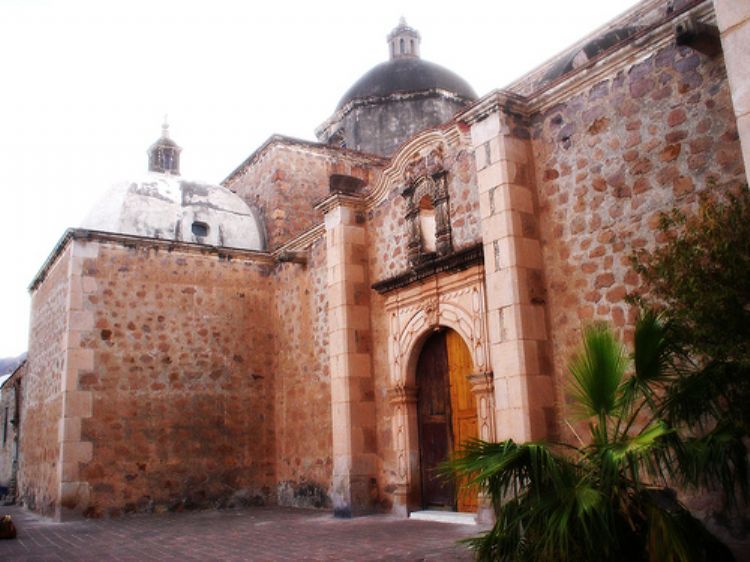
Located in northwest Mexico, Sonora is a state with a strong Apache indigenous tradition, quite different from the Mesoamerican culture in the sense that Apaches are much taller and have an athletic complexion, not forgetting also the violence and hostility with which they welcomed both colonizers and missionaries.
Numerous tribes inhabited the immense state territory, the Yaquis among them, fierce defenders of their autonomy and culture, which still survives to this day. Other groups include the Seris, great artists who were never evangelized by catholic missionaries, the Kikapus, Cucapas, Papagos, Guarijios and Pimas, the latter of which is in fact a generic term that applies to various hostile tribes from the region.
Once the governor of the Nueva Galicia province got established in the village of San Miguel Culiacan in the neighboring state of Sinaloa , expeditions heading further northwest were soon on their way. The local government, led by Nuno de Guzman, sends what is believed to be the first expedition to the current state of Sonora in the year
1533, commanded by Diego de Guzman. However, in 1536, Culiacan is reached by Spaniards Alvaro Cabeza de Vaca, Andres Dorantes, Alvaro del Castillo and el negro Estebanico, joined by a number of natives which had provided aid along the way into new territories. According to declarations coming from those involved in the expedition, they had survived a failed mission to Florida, initiated five years before. They also mentioned they had witnessed two wealthy indigenous cities along the trajectory, Cibola and Quivira.
The greed that these tales inspired among the Spaniards soon transformed into a couple of missions sent in 1537 and 1540 with the only purpose of finding the magical city of Quivira; however, both enterprises failed miserably.
It was not until the year 1637 that the Nueva Andalucia is born, being don Pedro de Perea the person in charge of the new province. By then, the Jesuits settled in the state of Sinaloa had already moved north to carry on with their catholic duties. It would take fifty more years for a group of Jesuits led by friar Eusebio Francisco Kino to actually bring about some development not only to Sonora, but to the present territories of Arizona and the Baja California states. Father Kino, as he was known, turned out to be a fair and generous man towards the natives; some of his accomplishments include the creation of the towns of Los Remedios, Imuris, Magdalena, Caborca, San Ignacio, and the mission of Our Lady Dolores, among others. This, apart from being a great master in the arts of farming and building houses.
During colonial times, the current states of Sonora and Sinaloa were joined and split apart at least a couple of times, only to be definitively and officially separated in the year 1831, after conforming what was known as the "Western State" during the aftermath of the Mexican war for independence. Don Manuel Escalante was assigned as the first governor of the sovereign state of Sonora.
In 1847, as the United States of America launched its expansionist ambition and invades Mexico, Sonora actually losses half its territory with the treaty of La Mesilla. Not to be the last time for Sonora to be threatened by foreign invaders though, as the year 1865 brought about the French incursion to the state, which had to be repelled by locals in the famous battle known as "La Batalla de Alamos", and in which Ignacio Pesqueria, Jesus Garcia Morales and Angel Martinez played key roles to defeat yet another European enemy.
During the period of dictatorship known as the Porfiriato, the whole country experienced economic growth and progress through the extended rail-road networks and the consolidation of the large estates called Haciendas, not to mention the strong influence that refined French culture had over the upper classes. However, close to completing thirty years ruling the country, the dictator was not listening to the clamors
clearly expressed by the people who demanded better salaries and life conditions, as the working class was subject to constant abuse and exploitation and the Haciendas actually did not pay wages in money but in kind, which meant workers and their families would
be subject to debt for life, through generations. Under such conditions, miners from the Sonora municipality of Cananea went into strike in 1906, what in fact represented the beginning of the Mexican Revolution.
Once the federal government is established, Sonora becomes a cradle for great Mexican politicians who were to reach the presidency during the 20th century :Adolfo de la Huerta, credited for the creating the free municipality as opposed to the political prefecture; Alvaro Obregon, elected in 1920; Plutarco Elias Calles in 1924, who had previously ruled the minimum wage in the state; and Abelardo Rodriguez in 1932.

The Coat of Arms, Flag and National Anthem are the most i...
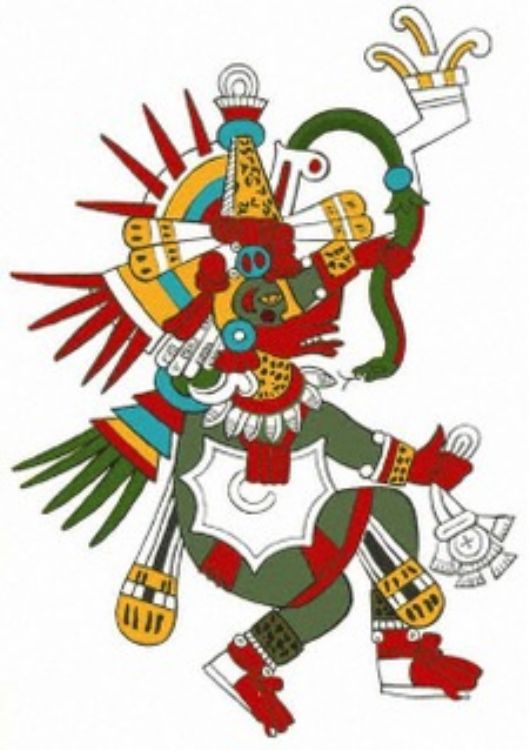
Huitzilopochtli, Nahuatl for âsouthern hummingbirdâ, ...

During 2010 we celebrated in México 200 years of I...
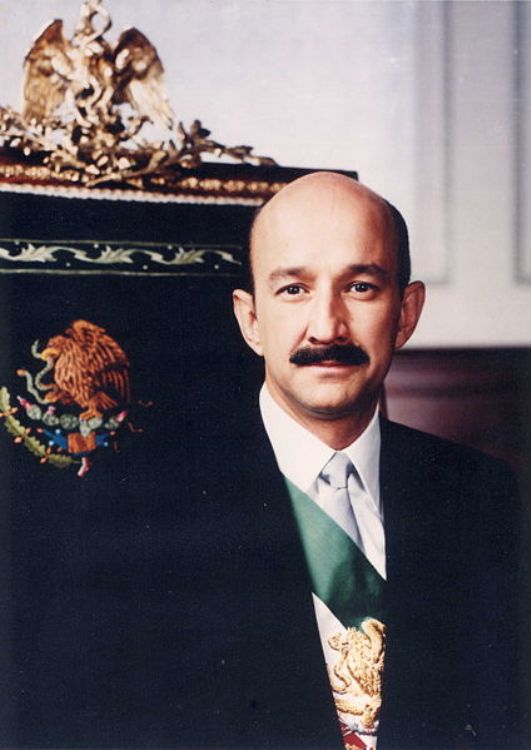
The long presidential period of Read more

The Voterâs Mexican Credential or Federal Elect...
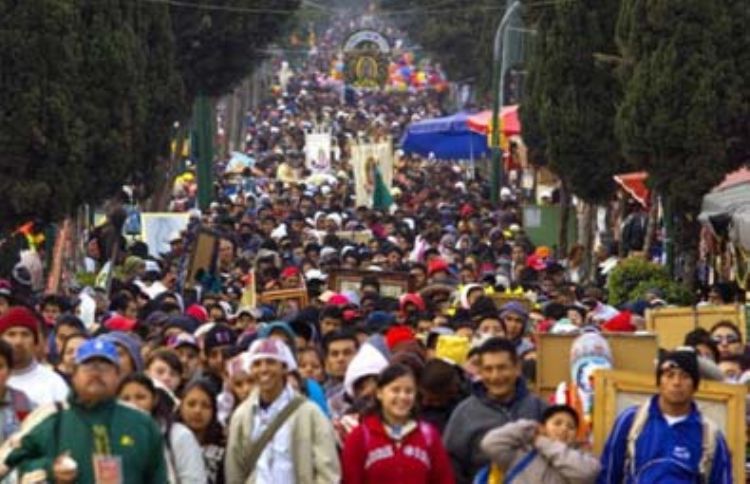
Ever since the Middle Ages, pilgrimages were the way to r...
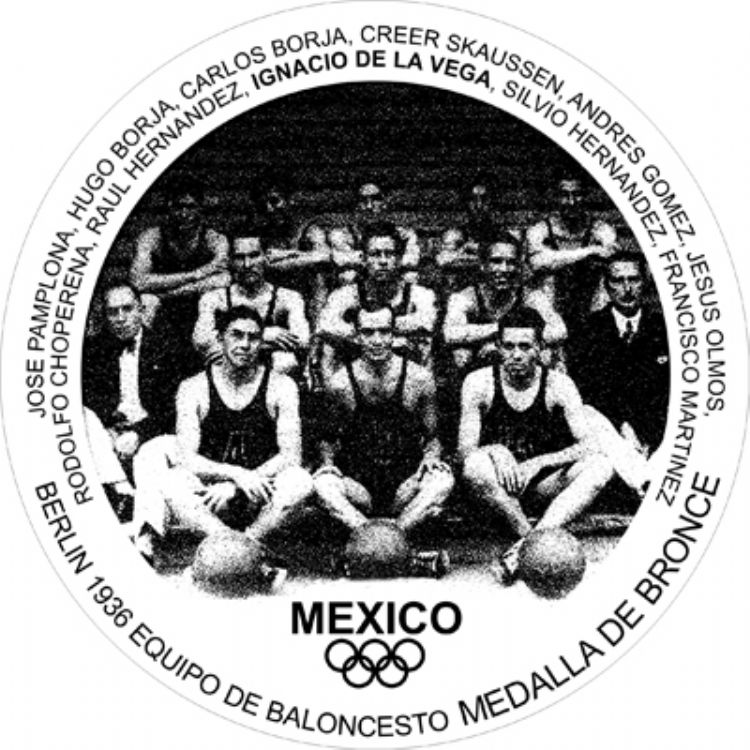
The Olympic Games of Los Angeles 1932 was the third time ...
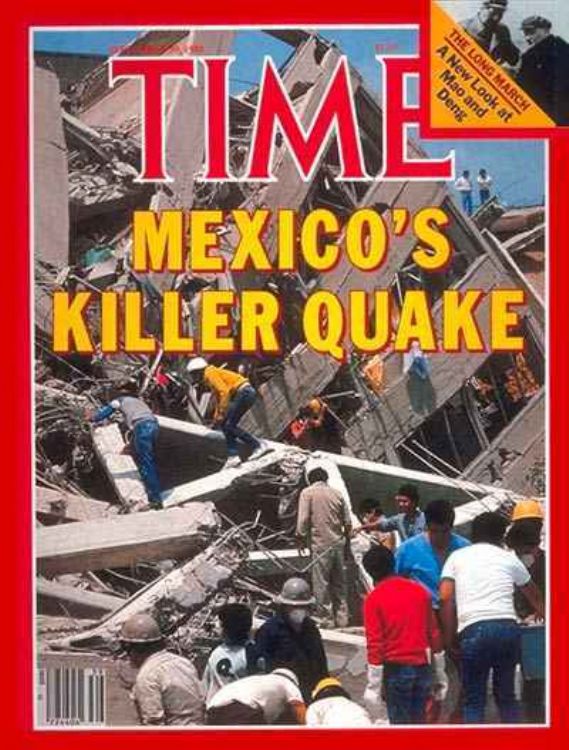
The earthquake of Veracruz of 1973, also known as the Ori...